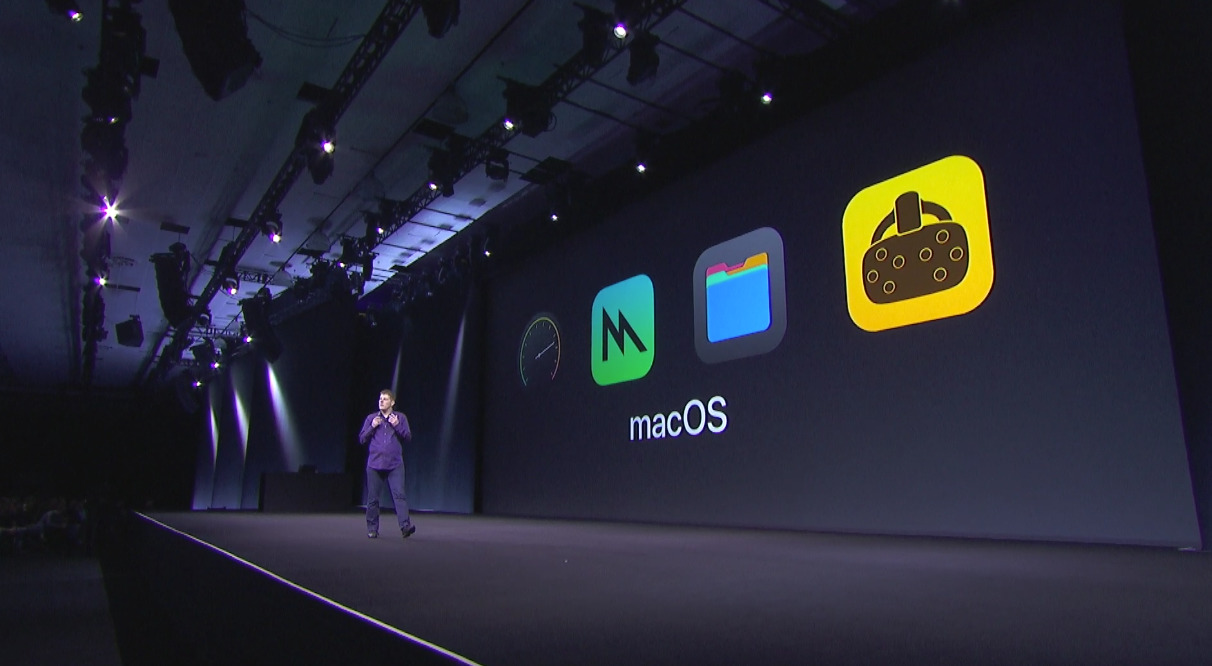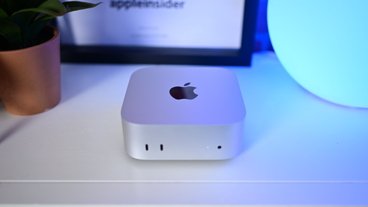In a series of sessions at WWDC, Apple amplified that any Mac that is capable of running Sierra can run High Sierra — but a shift away from 32-bit apps will start with the new version of the operating system.
Apple has officially announced that in January 2018, all new apps submitted to the Mac App Store are required to be 64-bit. The noose tightens a bit in the summer of 2018, with all app updates needing to comply with the mandate.
In the "Platform State of the Union" session shortly after the main keynote, Apple said that it would "aggressively" warn users about 32-bit apps in the macOS version after High Sierra. Additionally, High Sierra would be the last version to support 32-bit apps "without compromises."
Apple shifted to 64-bit capable Intel processors in 2006 for most of the product line, with the sole holdout, the Mac mini that launched with a 32-bit processor, migrating in 2007. As a result, hardware won't be a hold-up to adoption.
With iOS 11, Apple has completed the migration of its mobile platform to 64-bit only that it began two years ago. Starting with the new release, 32-bit apps don't launch at all.
At the same event, Apple also confirmed that no Mac hardware was being left behind with the release of High Sierra. Any computer capable of running Sierra will be able to upgrade to High Sierra.
The High Sierra update to macOS is intended as a refinement of Sierra, much like Snow Leopard was to Leopard, and Mountain Lion was to Lion. Improvements shown at the WWDC keynote include Safari refinements, Photos speed enhancements, the inclusion of Apple's APFS, H.265 support, and Metal 2.
 Mike Wuerthele
Mike Wuerthele








 Charles Martin
Charles Martin
 Christine McKee
Christine McKee
 Wesley Hilliard
Wesley Hilliard
 Malcolm Owen
Malcolm Owen
 Andrew Orr
Andrew Orr
 William Gallagher
William Gallagher
 Sponsored Content
Sponsored Content








37 Comments
Good move by Apple. Are there any popular apps that are still 32 bit?
I have a (spare) 2010 13" MBP that's still stock config (4GB RAM/250GB HDD) and is actually pretty fast running Sierra. The idea that in 2018 it may even run faster under High Sierra is quite amazing. When I was a kid, computers felt significantly outdated after 2-3 years.
Man the OS after High Sierra is going to be sketchy. How can they make sure every unix executible in the system is 64-bit? and reliable? Seems like quite a bit of work... The "ability" tho to at least run a 32-bit app was/is a great "feature" of our OS as it stands right now :( I got stuff I know I am not going to be able to run...
Adobe crap is still 32-bit. Not sure about the apps themselves, but the Adobe Desktop and supporting processes are all 32-bit. So is Cisco AnyConnect (VPN client). And so is the Dropbox file system monitor daemon. In other words, yes, there are still a significant number of commonly used tools and third-party system daemons that are 32-bit.
As long as macOS supports Adobe CS5 software. There is no way I'm upgrading beyond this older version. Done with Adobe.